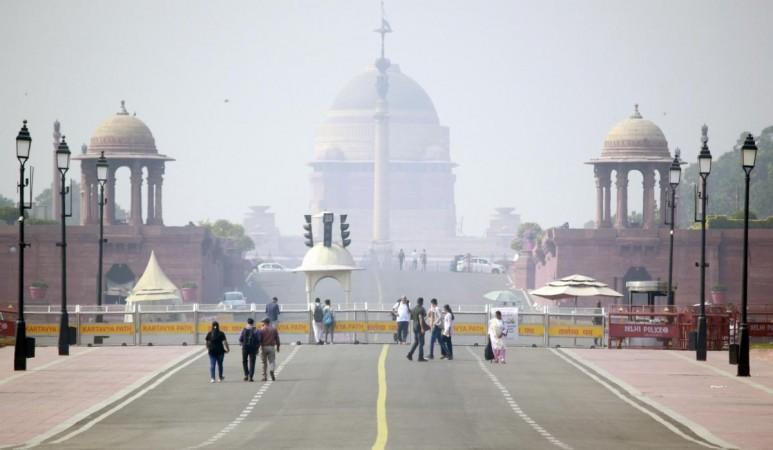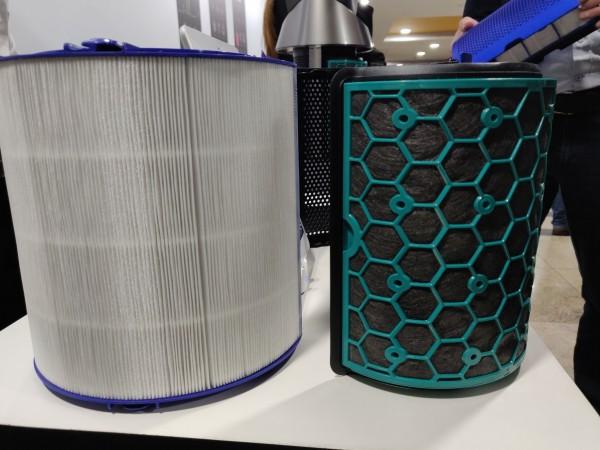
As winter approaches, northern India is bracing for a seasonal surge in air pollution. Delhi still hasn't recovered from the deplorable AQI levels since Diwali. Poor air quality, exacerbated by topographical and meteorological conditions, poses significant health risks to city residents. Recent data links pollution to nearly two million deaths annually in India, making the issue particularly urgent as air quality index (AQI) levels reach hazardous peaks. But the danger is not only outdoors, indoor air quality is also a crucial concern since people spend over 90% of their time indoors, where air pollutants can build up without proper ventilation or filtration.
Air purifiers, once considered a luxury, are now being recognized as valuable tools for maintaining healthier indoor air. Choosing the right purifier can be challenging, as different models offer various filtration systems. While some purifiers rely on ultraviolet light to neutralize bacteria and viruses, this technology does not capture particulate pollutants.
High Efficiency Particulate Air (HEPA) filters, on the other hand, are designed to capture fine particles as small as 0.1 microns, including allergens, dust, and pollen, and are often recommended in areas with high levels of pollution. Combining HEPA filters with activated carbon filters, which absorb odors and chemical gases, can be effective in improving indoor air quality, Dr Ken Armstrong, an air purification scientist, said, educating about picking the right air purifier for homes.

Beyond filters, coverage area and air circulation are important aspects to consider. An effective air purifier should be able to distribute clean air evenly across a room, making it suitable for its intended space. Larger purifiers can cover extensive areas and are ideal for shared spaces, while smaller units might be sufficient for personal or bedroom use.
Another factor to consider is noise, as purifiers are most effective when they operate continuously. Many models are designed to operate at a low noise level, allowing them to be used overnight or in quieter settings without causing disruptions. Consumers may want to look for purifiers that offer sound levels under 60 decibels for comfortable, long-term use.
Many modern air purifiers now include smart features that enable them to adjust filtration levels automatically based on real-time air quality readings. These models often come with companion apps that allow users to monitor air quality, adjust settings, and receive usage reports from their smartphone or tablet, offering a level of convenience that supports consistent usage and peace of mind.
As pollution levels continue to impact daily life, investing in an air purifier equipped to handle fine particles and providing thorough coverage can help create a safer indoor environment during the colder months.

















![Limited edition Phone (3a) launched in India; what's special about it [read now]](https://data1.ibtimes.co.in/en/full/825642/limited-edition-phone-3a-launched-india-whats-special-about-it-read-now.png?w=220&h=135)